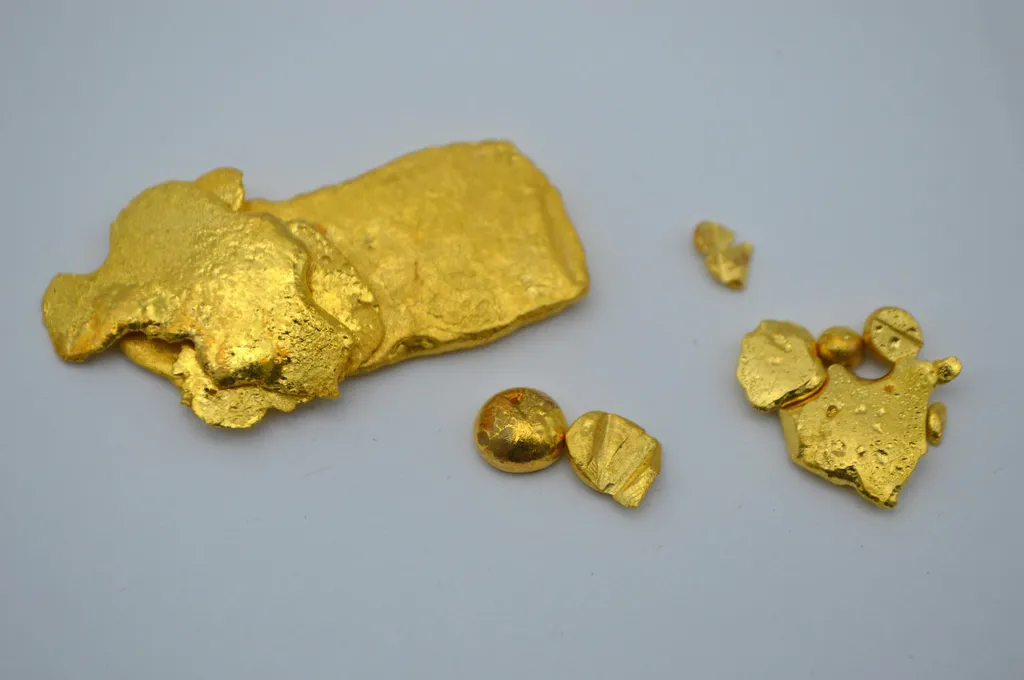In a groundbreaking development that could revolutionize sustainable nanotechnology, researchers have discovered a novel way to transform aquatic biomass into high-performance carbon dots (CDs), offering eco-friendly solutions for biosensing, environmental monitoring, and therapeutics. The study, led by Ahmed Dawood of the Aquatic Biotechnology Department at the Genetic Engineering and Biotechnology Research Institute (GEBRI), University of Sadat City, Egypt, was recently published in *Clean Technologies* (which translates to *Clean Technologies* in English).
Aquatic biomass, ranging from fish scales and crustacean shells to various algae species, has long been an underutilized resource. However, Dawood and his team have unlocked its potential by synthesizing aquatic biomass-based carbon dots (AB-CDs) using green synthesis approaches such as hydrothermal carbonization, pyrolysis, and microwave-assisted treatments. These methods not only minimize environmental impact but also align with circular economy principles.
The unique optical and physicochemical properties of AB-CDs—tunable fluorescence, high quantum yields, enhanced sensitivity, selectivity, and surface bio-functionalization—make them ideal for a wide array of applications. “The transformative potential of AB-CDs lies in their ability to detect marine biotoxins, monitor water pollutants, and even deliver drugs,” Dawood explained. “This opens up new avenues for sustainable nanotechnology innovations.”
The commercial implications for the energy sector are significant. AB-CDs can be integrated into real-time monitoring systems, ensuring the safety and quality of water in industrial processes. This could lead to more efficient and environmentally friendly operations, reducing the risk of contamination and improving overall productivity.
Moreover, the study highlights the importance of valorizing aquatic biomass, a renewable and abundant resource. By converting this biomass into high-value nanomaterials, the research contributes to a more sustainable future. “Our goal is to integrate AB-CDs into multifunctional systems that can monitor and address environmental challenges in real-time,” Dawood added.
The research also addresses current challenges and future research directions, providing a roadmap for the potential of AB-CDs. As the world seeks sustainable solutions to pressing environmental and health issues, this innovative approach offers a promising path forward.
In summary, the study published in *Clean Technologies* underscores the significance of transforming aquatic biomass into carbon dots, paving the way for sustainable nanotechnology innovations. The findings not only highlight the potential of AB-CDs in various applications but also emphasize the need for continued research and development in this exciting field.

